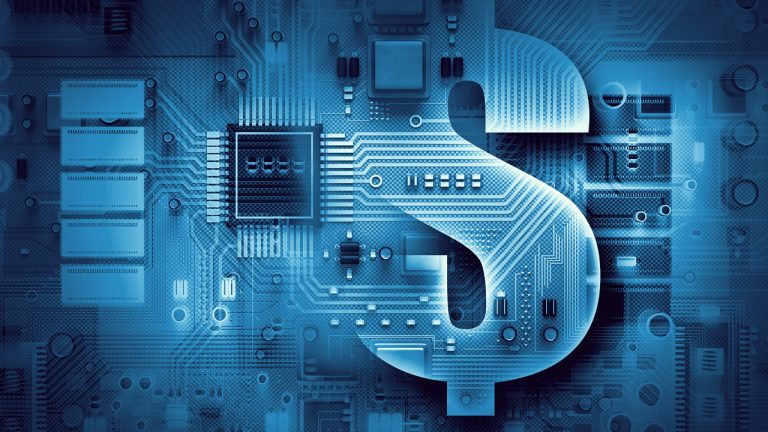‘Atomic Settlement’ — New York Fed Completes First Phase of Digital Dollar Experiment Called ‘Project Cedar’

The Federal Reserve Bank of New York has published findings stemming from an experiment dubbed “Project Cedar,” a protocol that uses a wholesale digital dollar in order to improve financial transactions. Michelle Neal, head of the bank’s Markets Group remarked on Friday that the research “indicated that settlement could occur in fewer than 10 seconds on average and that horizontal scaling was possible.”
Fed’s New York Branch Releases Digital Dollar Findings Associated With Project Cedar
On Nov. 4, 2022, the Federal Reserve’s New York branch published a report called “Project Cedar: Phase One,” which discusses a wholesale central bank digital currency (WCBDC). The New York Fed’s Markets Group lead, Michelle Neal, further told the press that the WCBDC’s transactions resulted in “instant and atomic settlement.”
The Project Cedar phase I prototype is a “permissioned blockchain network” that utilizes Bitcoin’s Unspent Transaction Output (UTXO) transaction model, and the software is developed in the programming language Rust.
The New York Fed’s report on Project Cedar, follows Federal Reserve governor Christopher Waller sharing his view about central bank digital currencies, specifically issued by the Fed, at the Money 20/20 conference in Las Vegas.
Waller stressed at the event that he was not a fan of the Fed issuing a CBDC. “It’s just a checking account at the Fed. I’m not a big fan of it, but I’m open to having someone convince me that this is something that’s really valuable,” Waller detailed.
Moreover, U.S. senator James Lankford (R-OK) introduced a bill called the “No Digital Dollar Act.” Lankford’s bill is aimed at prohibiting the U.S. Treasury and the Federal Reserve “from interfering with Americans using paper currency if a digital currency is adopted and makes certain individuals can maintain privacy over their transactions using cash and coins.”
As far as Project Cedar is concerned, Per von Zelowitz, the experiment’s director of research, said the experiment was a good starting point.
“Project Cedar Phase I revealed promising applications of blockchain technology in modernizing critical payments infrastructure, and our inaugural experiment provides a strategic launch pad for further research and development regarding the future of money and payments from the U.S. perspective,” the director noted.
While the Fed’s current chair Jerome Powell says a digital dollar will take “at least a couple of years,” Neal believes the CBDC could “promote financial inclusion and equity by enabling access for a broad set of consumers and foster economic growth and stability.”
Neal further mentioned the other digital dollar effort called “Project Hamilton,” a Federal Reserve Bank of Boston and MIT initiative. “While the Federal Reserve has made no decision on whether or how to issue a CBDC, we are actively conducting technical investigations into both retail and wholesale CBDC design,” Neal remarked at the Singapore Fintech Festival.
The official Project Cedar report, however, insists that the research is “not intended to advance any specific policy outcome.”
What do you think about the New York Fed’s Project Cedar report? Let us know what you think about this subejct in the comments section below.

Comments are closed.